Dover History
Dover is an incorporated fishing community located in a small cove at the head of Freshwater Bay, Bonivista Bay. Dover was formerly known as Shoal Bay and local tradition states that it was initially changed to Wellington to avoid confusion with other Newfoundland communities also called Shoal Bay. When a new postal services was offered with the stipulation that the name of the town be changed, a general meeting was held and the authorities chose "Dover". The town was called Wellington (Dover), but was later changed to just Dover in 1973.
During the early Twentieth Century the population of Dover grew from 157 in 1911 to 203 in 1921 as new families moved from such places as Shamber's Cove, and Newport. Between 1957 and 1961, a number of families from Silver Fox Island and Burnt Island settled in Dover during the goverment's resettlement program. This influx of people also brought changes originally a Church of England and Congregationalist community, by 1921 Shoal Bay was predominantly Salvation Army. The corps came to
Dover in 1908 and that spring construction was started on a church. with Martin Ford the driving force behind the construction. This church was replaced in 1925 with a new citadel in the community center, which was in turn replaced by a new building in 1957. The earliest Salvation Army Church also served as community school until a one-room school was built in 1917 , this was replaced in 1943 with a new school. In 1966 a high school was built which later became the senior high school for both Dover and Hare Bay. A new elementary school was constructed in Dover in 1977, junior high school students attended school in Hare Bay. By the early 1920's the economic base of Dover had also shifted. While the number of full-time fishermen had grown steadily, the lumber industry had experienced the greatest growth. Between 1911 and 1921 there were over 20 full time lumbermen, who cut wood for 2 sawmills. The main occupations in Dover were fishing and lumbering until the devastating forest fire of 1961 which destroyed most of the forest of the north shore of Bonavista Bay. The inshore cod fishery also failed in the early 1960's and after that time residents were employed in seasonal construction or commuted to Gander to work. Local wholesale and retail stores provided some other employment but overall unemployment was high in the area and the population of the community steadily decreased from 709 (1956) to 552 (1961) and 395 (1966). In 1979 Seawater Fisheries was founded in Dover with assistance from the Federal and Provincial Governments. In 1981 this plant closed because of operating difficulties and disputes with the owners The plant was opened several months later under new management.
Since Dover's incorporation in 1971, community services have included streetlight's, garbage collection and water and sewerage. Over the past few years the 686 residents of Dover (census 2006) have pushed ahead to develop tourism and their economy with the fault lookout site and interpretation center, beach volleyball court, outdoor multipurpose recreational facility, softball field and horseshoe pit and two playgrounds
Our goal in Dover, is to "Conserve our past, to preserve our future" Dover maybe a recently incorporated town, but we are rich in history. Our aim is to protect this history and incorporate it into our lives today.
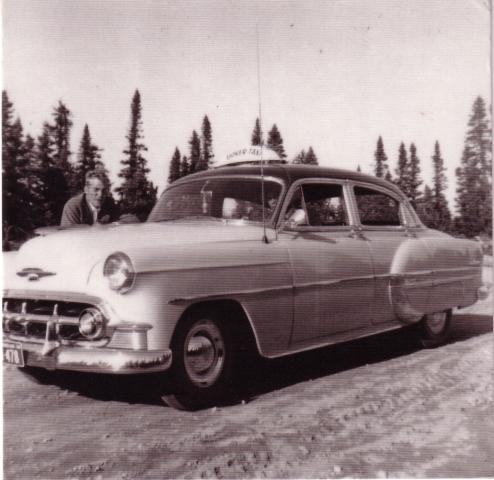
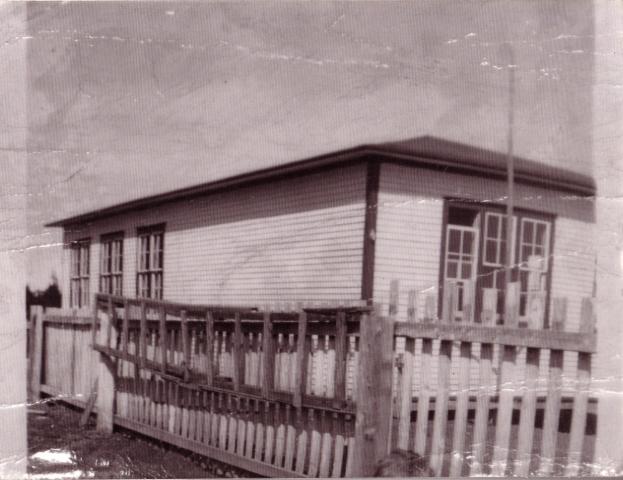
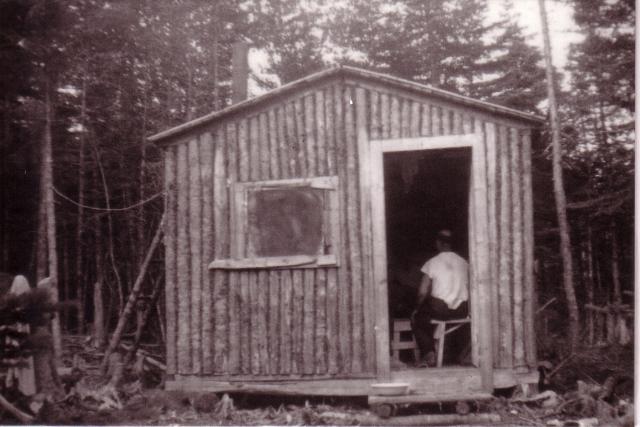
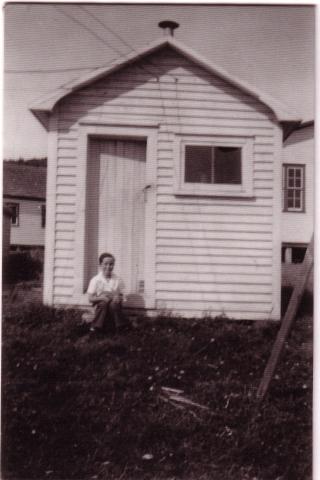
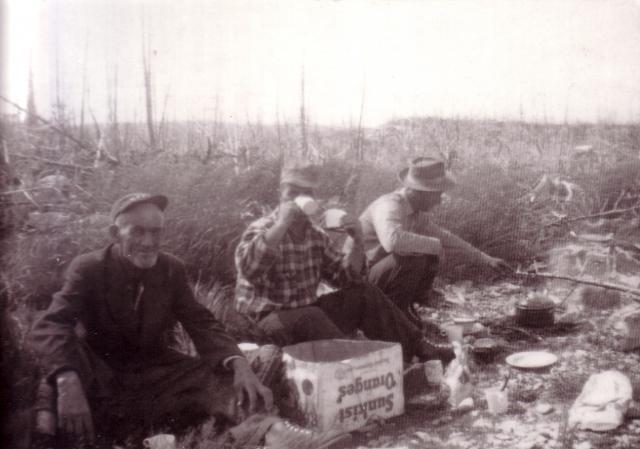
A Logging camp located at Lockers Bay
The first power source in Dover called a
Delco House built by Willis Collins
Ned Oldford, Pearce Collins and Melvin Way, at one of
the clean up areas after the fire in 1961